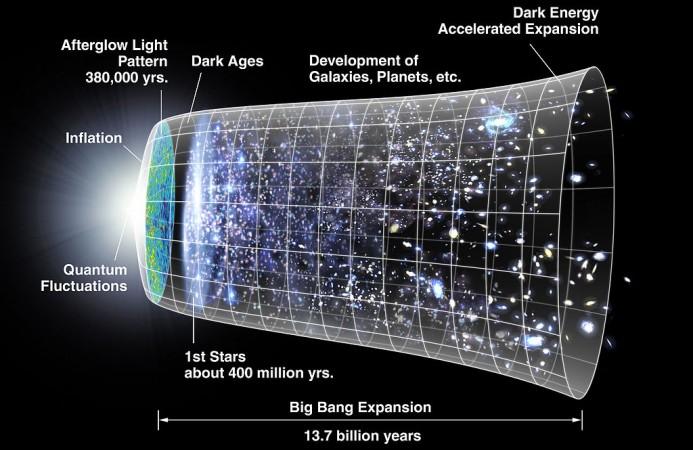
A paper by Stephen Hawking that was going through final revisions and tweaks, titled 'A smooth exit from eternal inflation', was ready for publication just two weeks before the theoretical physicist died.
In the study, which he worked on in conjunction with professor Thomas Hertog dealt with parallel universes and they even proposed tests to prove or disprove their existence, reports Inquisitr.
The idea, notes Hertog, was to "transform the idea of a multiverse into a testable scientific framework".
Like most of Hawking's work, this paper is also theoretical, notes the report. However, the duo has worked out ways to actually prove that there are indeed ways to scientifically test for other realities around us. Hawking and Hertog explain that studying background radiation left behind from the Big Bang, or the very beginning of time, could answer many questions posed by those involved in this subject.
With deep space probes using the right sensors that measure background radiation accurately, it is possible to find parallel universes, claims Hawking in the study.

The original study was submitted July 2017, but final updates were made in March, notes the report. An abstract of this paper can be found at the Cornell University website.
Details on the exact release date of the final paper which will be done by Hertog, including which publication will carry it is not known at this time. The scientific community will be waiting eagerly in what could be one of Hawking's most groundbreaking work yet.
The report mentions that if this theory holds true and the existence of parallel universes is proven scientifically, Hertog will be eligible for a Nobel. Hawking will not be, simply because the prize is not awarded posthumously.
Hertog reportedly met with Hawking in the weeks before his death, discussing the paper and getting his approval of the final edits before final submission.
The very concept of the existence of a multiverse is still a hotly debated subject. A multiverse will be a necessity to prove certain concepts of string theory, another subject that Hawking studied with great interest, notes a report by Phys.org.
For string theory to hold water, there must exist up to 10 spacetime dimensions (we live in a four-dimensional universe which consists of width, height, depth, and time), notes the report, and parallel universes need to exist where different universes follow fundamentally different physics laws.
That is also why Hawking's last paper is so important. If multiple universes can be mathematically tested and found, it could change the very fundamentals of physics in the way it is approached and studied.

















